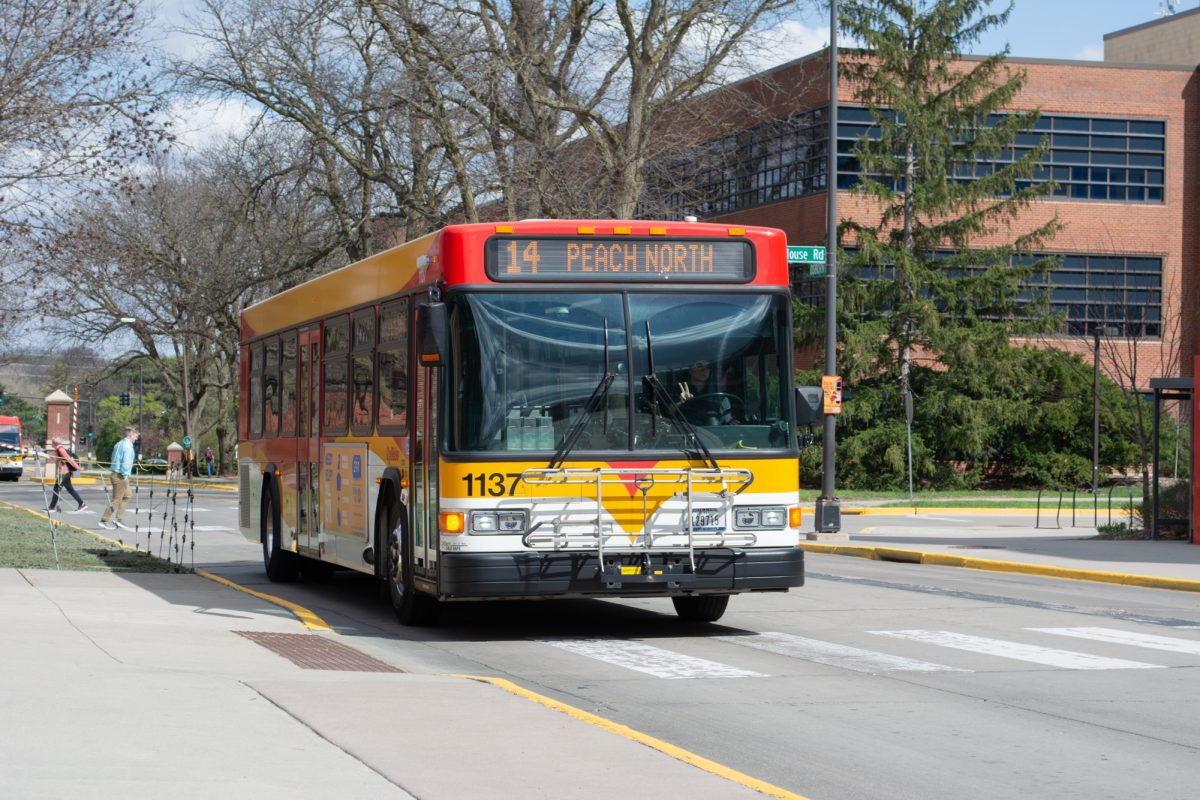Hamel: The one who sells the souls of addicts
June 17, 2021
We could blame the bottle for selling the souls of addicts to the devil. We could blame advertising. We could blame competitive alcohol or other substance markets. We could also blame abusive households or the failures of the American education system. We should blame each and every one of these things, but we are forgetting about one essential: rehab centers themselves, the ones who really sell the souls of addicts to the devil.
Rehabilitation centers are horrifyingly inaccessible. The support, the money, the pit. According to the 2016 National Survey on Drug Use and Health (NSDUH), “[out of] 4.5 percent of addicts that weren’t in denial about needing treatment, almost one-third … said that they didn’t get help because they were afraid of the costs.” One-third. A third who can’t or won’t receive treatment because of the dollar signs in front of their long-needed assistance.
Again, according to NSDUH, “In 2016, about 5.3 million young adults aged 18 to 25 in 2016 needed treatment for a substance use problem in the past year, representing 15.5 percent of young adults.” One in six young adults. Young adults with at least 50 years in front of them who can’t get on their feet because they had to face something alone without any accessible support.
Many sources online will list dozens of free rehabilitation resources or payment options (as stated in the American Addiction Centers National Rehabs Directory):
1. Insurance. The Affordable Care Act mandates individual and small-group health insurance plans to include mental health treatment by law. This includes rehabilitation costs. But there’s a problem here. You need a steady flow of income to afford insurance. It’s probable this isn’t an option.
Based on information gathered by Vox from the National Survey on Drug Use and Health, “[It is] estimated that roughly 314,000 people in the U.S. in 2018 needed drug addiction treatment but couldn’t get it because they didn’t have health coverage and couldn’t afford the costs.” It’s easily assumed this number is supposed to be much higher.
Medicaid has options for the economically disadvantaged, don’t you worry. But for a single-person household, you have to make less than $1,397 per month.
2. Scholarships. According to Evergreen Drug Rehabilitation, “A scholarship means that your rehab is paid for by a third party because you can’t afford it. … They are on standby to provide scholarships when they are needed.” You have to do your research and “network.” You need a phone. Internet. That’s a privilege.
3. Fundraising. I almost had to gawk at this one. Say the said addict has relapsed before and they’re finally ready to commit their lief to sobriety. They may (and probably don’t have) the connections or money or at-home support. The stigma against addicts is strong, and they will always be looked at as an “unreliable source.” The stigma of “They will probably relapse again” will stop anyone from donating.
4. Payment plans. Eventually, whenever that may be, whenever they finally get on their feet, it has to be paid. With accrued interest.
5. Friends and family. The patience, the frustration, the loss. I hope families are always supportive, but this, too, is a privilege and very lucky.
6. Faith-based programs. “This almost always involves the study of the Bible. Many people in active addiction have a real problem with this method of treatment, so they will often shy away from these types of programs.”
Let me remind you at this point in time that addicts are still people. They are not a lost cause; they still have emotions; they need support. The odds are literally stacked against them at all times. A friend back home, addicted to cocaine, said, “It already feels 6 feet deep.”
Every rehab center has its pros and cons. Let’s focus on state-funded programs. The cost is low (and sometimes free of charge), the care is decent, but there isn’t sufficient time with a therapist and a waiting list. A waiting list to save your own life. “Research has shown that it is important to move quickly when a long-term user is willing to seek help.” Don’t catch me ranting about the “revolving door” business and outdated techniques. Might as well say, “Get in, get out and have fun with your half-treatment.”
While there are programs, each individual’s needs are different, and so are the costs.
- Detox: ranges from $1,000 to $1,500 in total
- Inpatient rehab: could range anywhere from $12,000 to $60,000
- Outpatient rehab: cost $5,000 for a three-month program
- Medications: methadone treatment for heroin users costs around $4,700
According to the Addiction Center, “An alcoholic who drinks a 12-pack a day consistently for a year spends over $3,000.” Rehab is more expensive than the reason for needing rehab. I can further discuss the economic ravaging rehab centers cause and how they take advantage of addicts at another time.
There are some great programs, however, like the Salvation Army, who provide “spiritual, social and emotional assistance” and has the most free residential treatment facilities in the U.S.
You would think rehab would be a sure-fire way of winning the race of addiction. I wish that was the case. The National Institute on Drug Abuse states, “Relapse rates among recovering alcoholics are between 50 and 90 percent in the first four years after rehab. For recovering drug addicts, rates are between 40 and 60 percent.” But why?
Sacha Scoblic, a former addict, confesses that “In the rooms of [Alcoholics Anonymous], suggestions and traditions can sometimes feel more like ironclad laws, and when I inadvertently trespassed upon those laws, I was humiliated and rebuked.” Rehab centers have secrets, unfortunately, that sweep dirt across every addict’s grave.
A story featured in Medium by Zachary Siegel details former addict Ian McLoone’s experience in rehab: “Despite being exposed in the 1970s as a ‘racket of the century‘ — involving child abuse, wrongful imprisonment, assault and misappropriation of funds — Synanon [the rehab center], with its harsh approach, quietly remains a fixture in America’s addiction treatment. McLoone and other experts tell me this is a dirty secret among rehabs.”
Will we ever trust the word of an addict over the center that’s supposed to save their life? Probably not. And that’s on us.
One of my dear friends back home is addicted to any illicit drug you can think of. If you can think of all you can, add one more to the list. I’ve watched her fall apart for almost four years. I can see her eye sockets and her ribs and clothes from two years ago that slip so easily off her body. She tells me these extravagant stories from the first time she was homeless. I’ve learned about the most powerful drug dealers back home, encounters with the cartel, setting up tents with the other homeless folk. I learned about how women exchange sex favors for drugs. I don’t think it’s all her imagination. The drug circle is smaller than you might think.
She’s been kicked out of her home twice. Been in rehab twice. She was locked in her ex-boyfriend’s room for two months without a phone because, of course, an addict is vulnerable, and he took advantage.
Rehab failed her. And, I hate to say it, but she was failed by the people who gave up on her. She once told me, “The drugs are all I have left. I feel dead without having to die, and sometimes, that’s good enough.”
It’s a life full of fighting with oneself and the indescribable consequences of one mistake that turned into many. Addicts are sick. What are they supposed to do?







